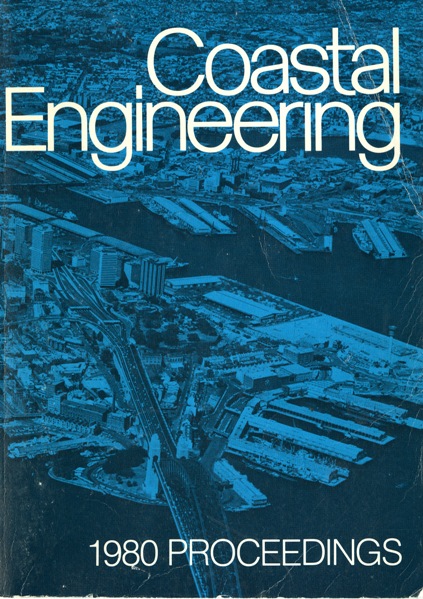Resumen
The application of wave and tide data to coastal engineering problems has been demonstrated frequently by university and government research organizations. However, problems faced by practicing coastal engineers are often solved without recourse to such data, since it is frequently not available for the required location. The high cost and low reliability of long term wave measurement is the primary factor limiting the wider application of analysis techniques requiring wave energy and wave direction parameters. In order to improve this situation several organizations, notably the Army Corps of Engineers, Coastal Engineering Research Center (CERC), Peacock (1974), and the California Department of Navigation and Ocean Development, Seymour (1976), have employed advanced electronics and computer techniques to reduce the cost of wave measurement. The Florida Coastal Data Network (CDN) is a similar effort which due to the special problems of Florida wave climate has employed advanced instrumentation not only to reduce cost, but to provide additional capability. Like other tropical and sub-tropical regions, Florida's coastal environment is characterized by relatively infrequent but severe tropical storms. In many coastal engineering applications, the specification of the hurricane-associated storm surge and storm waves will be the major design criteria. The Florida CDN was created in order to provide field measurements of waves and tides year-around as well as during hurricanes. A measurement program of this nature must respond to both the immediate needs of practicing engineers as well as to research needs. Since it is unrealistic to hope for measurements of hurricane conditions at every location, the long term goal of research is to produce better models of storm waves and surge. Field measurements are required to assist in the formulation and validation of models. In the near term, actual measurements of both normal and severe waves and tides are the most reliable design input for the shallow and intermediate water depths.
Authors retain copyright and grant the Proceedings right of first publication with the work simultaneously licensed under a Creative Commons Attribution License that allows others to share the work with an acknowledgement of the work's authorship and initial publication in this Proceedings.

